Harvard researcher says this inexpensive action will lower hospital infection rates and protect us for the flu season.


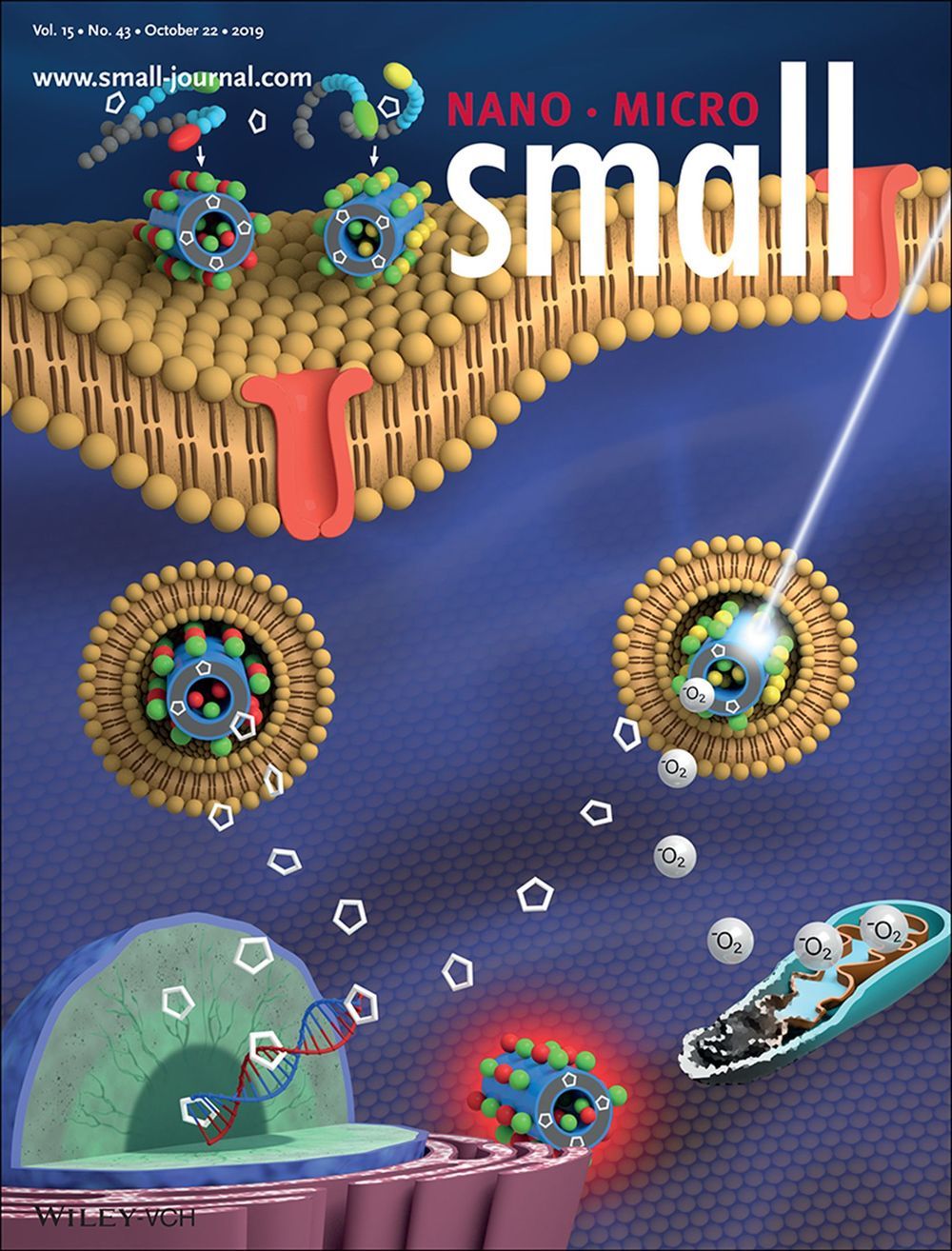
A precise and non-toxic treatment that targets lung cancer cells at the nanoscale is able to effectively kill the cells even at a low dose. Researchers from Washington State University and the Department of Energy’s Pacific Northwest National Laboratory (PNNL) used tiny tubes made from organic molecules called peptoids to deliver cancer-killing drugs in a targeted manner.
The biologically-inspired nanotubes, which are about a hundred thousand times thinner than a human hair, were rolled up from membrane-like nanosheets. The drug molecules, fluorescent dyes and cancer-targeting molecules were precisely placed within the nanotubes, enabling them to track the efficiency of drug delivery into the cancer cells.
The new technology allows the two drugs – one for chemotherapy and the other for a less-invasive photodynamic therapy treatment – to be delivered directly to the cancer cells. Photodynamic therapy uses a chemical that, when exposed to light, releases reactive oxygen species (ROS) that kill cancer cells. The researchers’ dual-drug approach enabled the use of a lower dose of the cancer drugs than using a single drug, leading to effective killing of cancer cells with low toxicity.
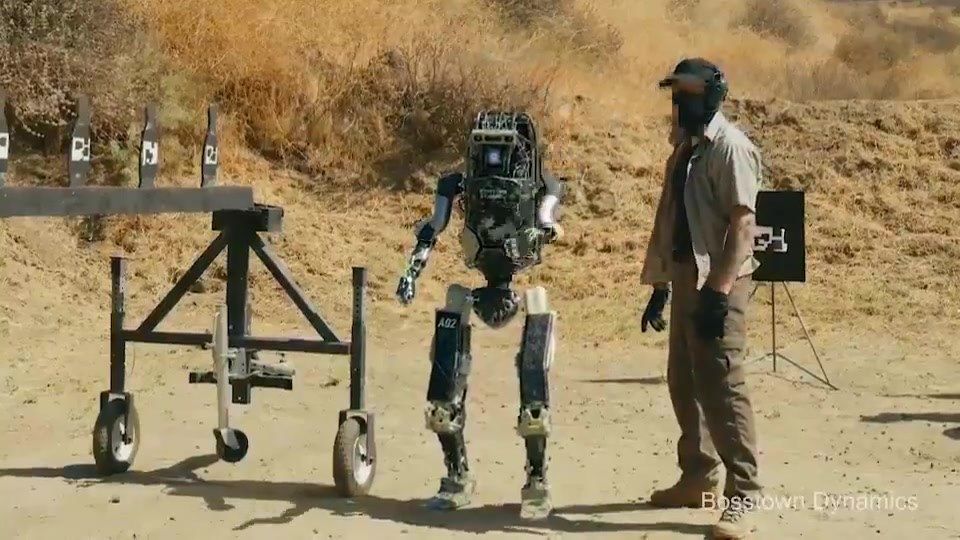
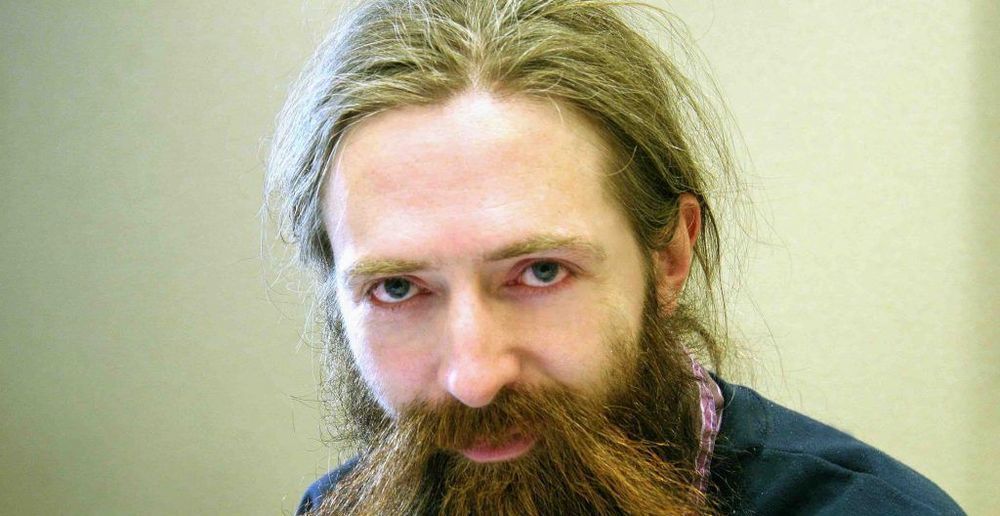
New interview:
Dr. Aubrey de Grey is a biomedical gerontologist based in Cambridge, UK and Mountain View, California, USA, and is the Chief Science Officer of SENS Foundation, a California-based 501©(3) charity dedicated to combating the aging process. He is also Editor-in-Chief of Rejuvenation Research, the world highest-impact peer-reviewed journal focused on intervention in aging.
Ira Pastor, ideaXme exponential health ambassador and founder of Bioquark, interviews Dr Wise Young M.D., Ph.D., the Richard H. Shindell Chair in Neuroscience, Distinguished Professor of Cell Biology & Neuroscience and the Founding Director of the W. M. Keck Center for Collaborative Neuroscience at Rutgers University.
If you enjoy this interview please donate to ideaXme here https://radioideaxme.com/contact/.
Spinal Cord Injury
A spinal cord injury (SCI) is defined as any damage to the spinal cord that causes temporary or permanent changes in its function.
Depending on the location and severity of the damage, the symptoms vary, from numbness to paralysis to incontinence. Long term outcomes also vary widely, from full recovery to permanent quadriplegia or paraplegia. Complications can include muscle atrophy, pressure sores, infections, and breathing problems.
Direct medical expenses for spinal cord injuries can run into millions of dollars (not including lost wages and earning potential) and can include: spinal surgery, trauma care (use of a ventilator) rehabilitation (including physical and occupational therapy, speech therapy, and mental health counseling), long-term care, including the costs of in-home aides, medical equipment such as wheelchairs, and medication such as painkillers and antibiotics.
9 am PDT / 12 pm EDT / 5 pm UK
On the day of the event simply join the Zoom webinar by using the link below:
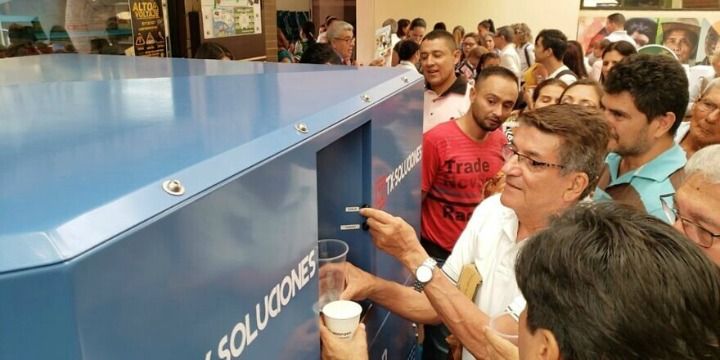
Residents of El Talento, a small town in Colombia adjacent to the city of Cúcuta, have been introduced to the GEN-M, Watergen’s medium-scale atmospheric generator that produces water out of air, October 2019. Photo: Courtesy.
JNS.org – Residents of El Talento, a small town in Colombia adjacent to the city of Cúcuta, have been introduced to the GEN-M, Watergen’s medium-scale atmospheric generator (AWG) that produces water out of air.
The machine, a technological innovation of the Israel-based company, arrived in Cúcuta at the beginning of October thanks to Andrés Suárez, pastor of the Christian Center and general manager of the alliance project with the State of Israel in Colombia.
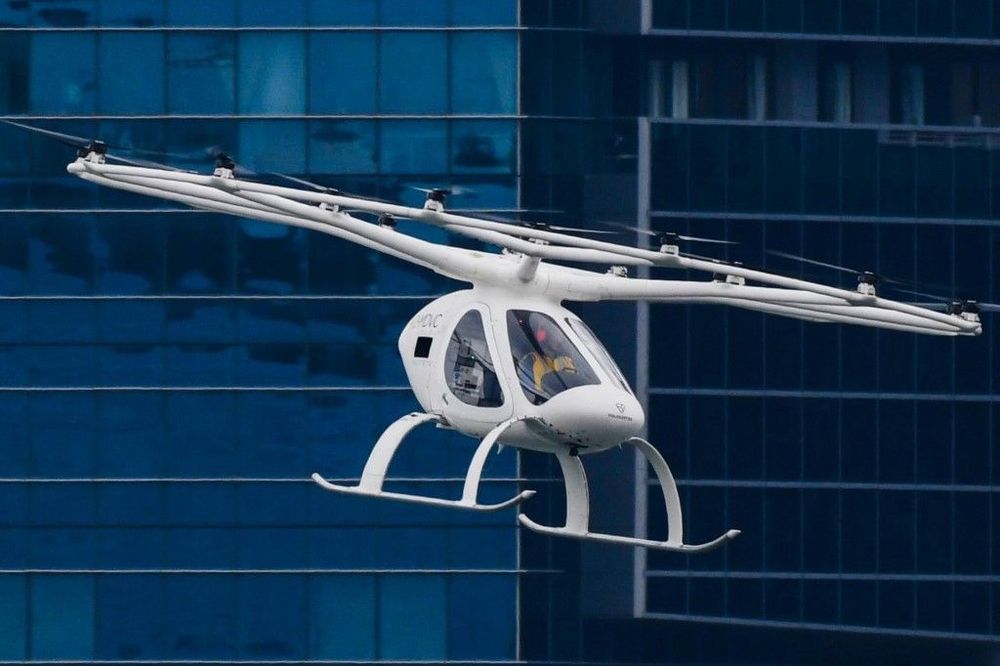
A drone-like flying taxi whirred over Singapore’s waterfront Tuesday, with the firm behind the test hoping the aircraft will revolutionize travel in traffic-choked Asian cities.
The 18 propeller vehicle, developed by German firm Volocopter and with a pilot onboard for safety during the test flight, took off from a promontory and flew for about two minutes and 30 seconds around the Marina Bay district.
Heavy rains in the morning almost delayed the flight, but the skies cleared in time for the battery-operated, two-seater taxi to quietly fly past skyscrapers.